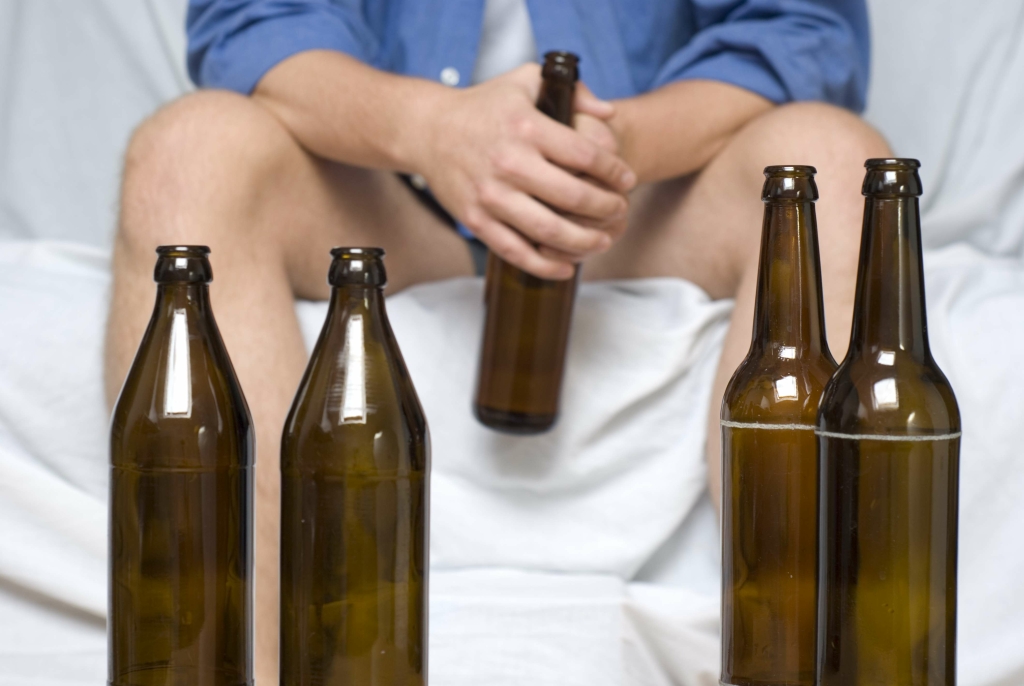According to the National Institutes of Health (NIH), you may safely take the medicines long-term, even for life. You should not quit taking them without first talking to your doctor. Your doctor may prescribe certain medicines to help relieve your withdrawal symptoms and control your drug cravings. These medicines include methadone (often used to treat heroin addiction), buprenorphine, and naltrexone.
We Care About Your Privacy
To diagnose opioid use disorder, medical professionals use the DSM-5 Diagnostic Criteria. It outlines 11 symptoms and criteria where you must experience at least two within the last 12 months to receive such a diagnosis. It’s always best to assume the worst and seek medical attention, even with legal risks. Drug addiction is a disease for which help and treatment options signs of opioid addiction are available. When you become addicted to a drug, it might seem like your body and mind can’t function without the drug.
- Opioid addiction can quickly lead to financial strain as the individual struggles to pay for their drug habit.
- Drug addiction is defined as an out-of-control feeling that you must use a medicine or drug and continue to use it even though it causes harm over and over again.
- This is achieved by not giving a full dose but giving this in small doses until the respiratory rate has improved.
- It is this combinatorial mechanism that allows for such a wide class of opioids and molecular designs to exist, each with its own unique effect profile.
- By reducing barriers and providing a variety of treatment options, the goal is to support recovery and improve outcomes for those battling opioid addiction.
- Finally, it outlines how to find support for OUD and the side effects of the opioid crisis.
Signs of Opioid Abuse

Relatively few people doing short-term opioid therapy after surgery develop chronic opioid use or OUD. A 2020 literature review of more than 1.9 million people taking opioids after surgery found that only 6.7% of them continued filling opioid prescriptions past 3 months. Among people who had never used opioids before, that rate dropped to 1.2%. For example, if prescription opioids for cancer-related pain have improved your quality of life, your desire to continue your treatment program wouldn’t be considered a sign of OUD.

Other adverse effects

Denial plays a powerful role in OUD, and talking to a professional opioid treatment team can help you overcome this hurdle. Emotional symptoms are equally telling; these include intense cravings, feelings of unease or anxiety, and difficulty reducing use despite serious consequences. Increased dosage over time to achieve the same effects—known as tolerance—is common. These behaviors highlight the progression toward dependence and the need for comprehensive assessment and treatment.
- Your doctor may prescribe certain medicines to help relieve your withdrawal symptoms and control your drug cravings.
- Spotting the signs of opioid overdose can be a matter of life and death.
- Learn more about the signs, symptoms and effects of an oxycodone addiction.
- Contact your doctor if you have any concerns about taking the medicines.
- The number of deaths from using heroin has gone up since more heroin now contains fentanyl.
- Healthcare professionals use diagnostic tools like the DSM-5 criteria to evaluate the presence of opiate use disorder.
Tolerance is a physiologic process where the body adjusts to a medication that is frequently present, usually requiring higher doses of the same medication over time to achieve the same effect. It is a common occurrence in individuals taking high doses of opioids for extended periods, but does not predict any relationship to misuse or addiction. When communities are equipped with tools – not just naloxone, but training, Oxford House understanding, and follow-up – the odds of recovery grow stronger.


